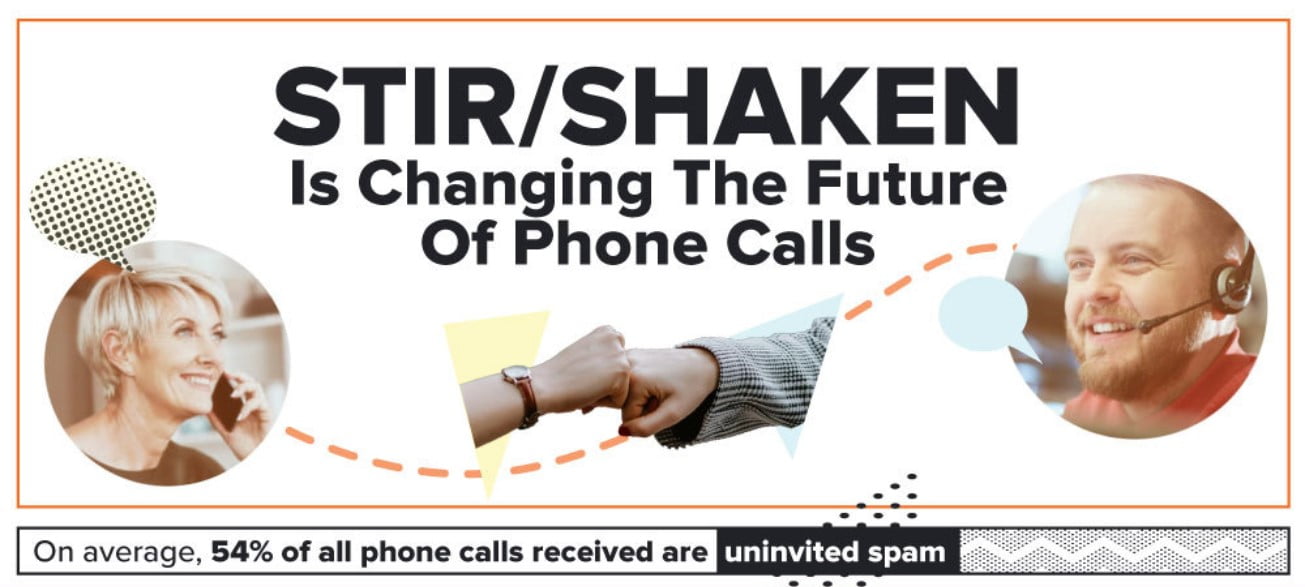Spam calls are the norm in modern America. Over half of all calls people receive are uninvited spam. 46% of Americans receive spam every day. Worse than a nuisance, phone scams are doing serious financial damage to the country. In 2020, phone scams cost Americans $10 billion.
Q2 2021 hedge fund letters, conferences and more
Business Calls Are Being Flagged As Scam
The problem of spam goes beyond the customer. When a legitimate business has their number stolen by spammers, it can damage operations immensely. Spoofing has come into favor by scammers because it is cheap to do, difficult to trace, and impossible to police. Combatting spoofing has required phone carriers to establish heavy handed algorithms. While the need is understandable, thousands of business calls are incorrectly flagged as spam every day. Spam algorithms watch for high call volume, customer complaints, and lead blocking, all of which can be wrongly applied to an above ground business operation.
At the heart of the issue is the difficulty of blocking spam without catching legitimate business communications in the same net. Enter the STIR/SHAKEN revolution, a process 15 months in the making. In March 2020, the TRACED Act working to mitigate robocalls passed into law. Now June 2021, STIR/SHAKEN implements caller ID authentication to combat spoofing and scam attempts. All service providers are expected to enforce these new standards.
Here’s how the new system works. A business places an outbound call, and the phone carrier sends their number into an authentication system. That system can assign the call one of three ratings. An A (full) rating shows that both the customer and their number are verified. A B (partial) rating indicates that the customer is verified, but their number is not. Finally, a C (gateway) rating means the call origination was not authenticated. Once a rating is assigned to the call, caller ID will show the recipient if the caller is verified or likely spam.
With the new rules in place, spoofed numbers are instantly traceable, legitimate business can continue uninterrupted, and customers know which calls they can trust. Should a business want to reduce their risk of being labelled spam further, they can reduce call volume per number, monitor their number for red flags, and mix up hot and cold leads to maximize responses. Should a business want help doing these things, there are such cloud based services that can help them. This fully supports compliance with the new system and charges no upfront fees.
Infographic Source: Phone Burner







